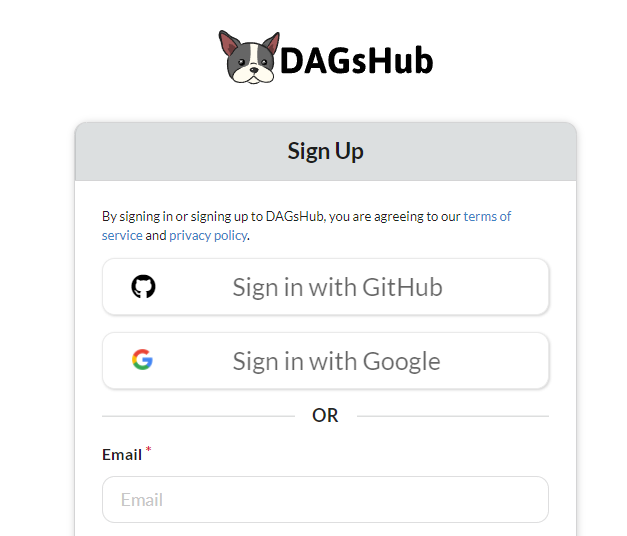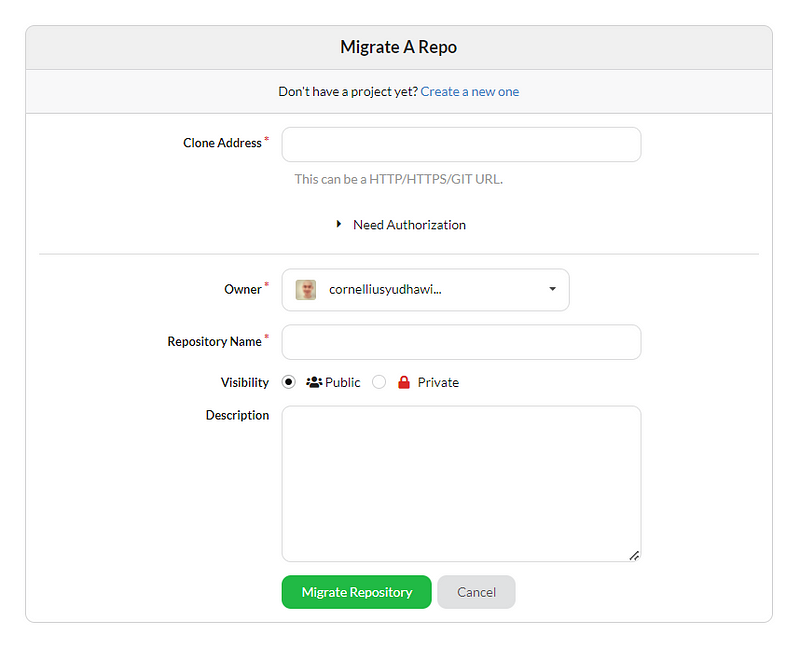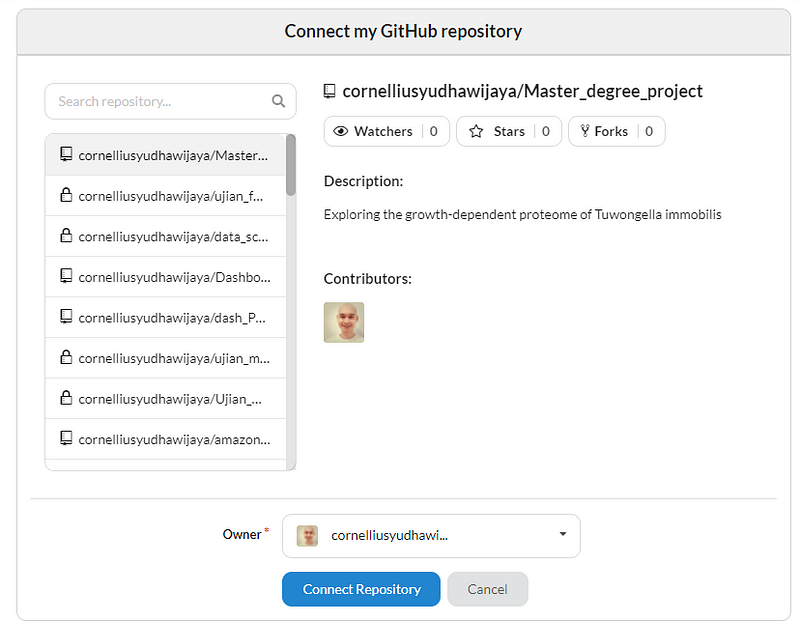Streamlining Data Science Collaboration with DagsHub Mirroring
Written on
Chapter 1: Overview of DagsHub
DagsHub is a web-based platform designed to enhance collaboration among data scientists by utilizing well-known open-source tools. It allows users to version datasets, manage models, track experiments, label data, and visualize outcomes—all within a single environment. This platform is akin to GitHub but tailored for open-source data science projects, offering a straightforward onboarding process that does not require installation or a steep learning curve. In essence, DagsHub provides a GitHub-like experience specifically for data scientists.
For a comprehensive introduction to DagsHub, you can refer to my previous article here:
Chapter 2: Leveraging DagsHub Mirroring
In this article, I will delve into the DagsHub Mirroring feature, showcasing its advantages through a practical example. Understanding the importance of mirroring a repository can significantly enhance your daily data science tasks.
How to Simplify Data Science with DagsHub Founders - ML 092 - YouTube
DagsHub's modular structure allows users to select the specific features and tools they wish to incorporate into their projects. For instance, you can utilize the experiment tracking server to log your MLflow experiments without needing to upload any additional files to the repository. Furthermore, if you have a project hosted on another Git platform but wish to take advantage of DagsHub's capabilities (such as storage, annotation, and experiments), you can easily mirror it to DagsHub and benefit from both platforms. Let’s explore the step-by-step process of mirroring a GitHub repository to DagsHub.
Step 1: Setting Up Your DagsHub Account
To begin, you'll need to create a DagsHub account, which can be done easily using your GitHub, Google, or email credentials.

After registering, you can create a new repository on DagsHub by clicking the button in the top right corner.
Step 2: Creating a Repository
In the dropdown menu, you will see four options, but we will focus on the following three for creating a new repository:
- New Repository
- Migrate a Repo
- Connect a Repo
For our purposes, we will concentrate on the options for migrating and connecting to a GitHub repository.
Step 3: Migrating Your GitHub Repository
When migrating a repository, you effectively make a copy of your GitHub repository in DagsHub, without establishing a link between the two. To do this, select the "Migrate a Repo" option, and you will be presented with a form.

Fill in the Clone Address field with the URL of your GitHub repository. Once submitted, your repository will be copied over to DagsHub.

Step 4: Connecting Your Repository
In contrast to migration, connecting a repository mirrors your GitHub repository in DagsHub. This means that any changes made in GitHub will automatically update in DagsHub. To connect a repository, select the "Connect a Repo" option, which will provide you with choices for linking to GitHub or another git remote.
Before proceeding, you must grant DagsHub access to your GitHub account by following the installation steps.

Once access is granted, you will see a list of your GitHub repositories to choose from.

You can select any repository, including private ones, to mirror to DagsHub. Once connected, your DagsHub repository will reflect your GitHub repository, with an indication of the mirroring relationship.

Benefits of Repository Mirroring
Mirroring repositories offers several advantages, such as:
- Maintaining project availability across both platforms
- Facilitating collaboration between teams operating in different environments (e.g., software developers on GitHub and data scientists on DagsHub)
- Leveraging the strengths of both platforms based on project needs
Conclusion
DagsHub provides a unique web platform experience for data scientists, extending beyond basic data storage and tracking functionalities. By utilizing features such as repository mirroring, users can maximize their DagsHub experience and enhance their project outcomes.
The essential features for mirroring a repository that you should be aware of include:
- Migrate a Repo
- Connect a Repo
I hope this guide proves helpful in your data science journey!
Introduction to DagsHub for Data Science - YouTube